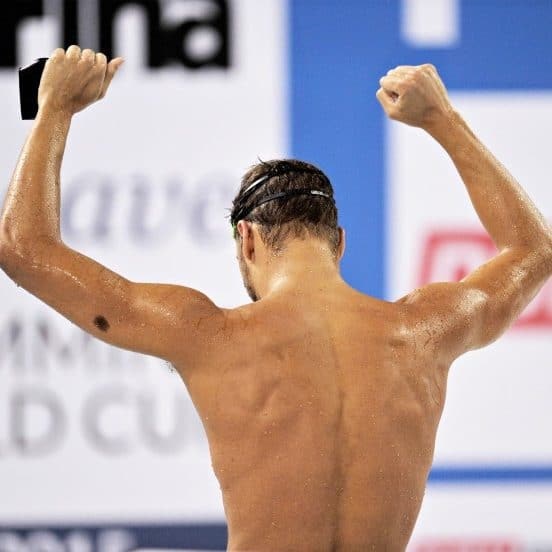
Shoulder pain is a common problem for swimmers and one of the most common musculoskeletal complaints, with some research indicating a prevalence between 40-91% in swimmers. Let’s dive in and take a deeper look as to why swimmers are at an increased risk for shoulder pain and injury.
Swimming is a full body exercise involving repetitive motion at multiple joints. Each stroke – freestyle, backstroke, butterfly, and breaststroke – involves a complex set of shoulder movements that assist the athlete in propelling through the water. For example, freestyle requires scapular protraction and retraction and humeral motion in all planes during the recovery, pull-through, and power stroke portion of the stroke. Some sources say competitive swimmers swim up to 6-9 miles/day, 6-7 days a week, which correlates to 2500-4000 shoulder rotations per day!
What predisposes swimmers to shoulder pain and injury? Repetitive motions performed through a large range of motion make the joint more prone to injury. Other factors such as improper stroke mechanics, shoulder, core, and hip muscle weakness, overtraining, insufficient recovery, poor motor control, and deficits elsewhere in the body can contribute to shoulder discomfort.
Posture is another factor that can contribute to shoulder pain in swimmers. Individuals presenting with a forward head and rounded shoulder posture may be more inclined to shoulder discomfort when participating sports requiring repetitive overhead motion. Soft tissue restrictions, such as tight anterior shoulder musculature, tight posterior shoulder capsule, and weak scapular stabilizers are common findings with posture abnormalities that can contribute to shoulder discomfort while swimming
Finally, issues involving the length and tension of the shoulder capsule and surrounding musculature can contribute to discomfort in and out of the water. It is common for swimmers to present with posterior capsule tightness and anterior shoulder laxity. However, there still needs to be a healthy balance between the muscle tension and joint mobility to ensure the shoulder is supported and not predisposing the athlete to pain in and out of the water.
There are plenty of ways athletes and recreational swimmers can keep their shoulders healthy! Ensuring optimal shoulder and scapular strength is one key piece to building efficient and pain free shoulders. The shoulder is an inherently unstable joint since it has the ability to move in all directions. For this reason, strong muscles surrounding the joint are critical for maintaining stability, proper motion, and painless function
Check out this video to see 3 exercises, prone (on your stomach) row, shoulder extension, and shoulder abduction, that help address scapular muscle strength, stability, and motor control. Perform these exercises with or without weight off a bed, couch, or padded table. Strong and healthy shoulder will reduce the risk of injury and pain in swimmers of all ages.
Physical therapy can help keep your shoulders strong and healthy or help address any fault in the system that may be contributing to shoulder pain. Rehab may include stretching, mobility work, scapular strengthening and more!! Reach out to one of the members of the 3DPT team today for an assessment. We will provide you with a program which will get you ready for excelling in the water!!
Click here to read about 3DPT aide, Gabby’s experience as a swimmer and how she managed shoulder injuries throughout her swimming career.
Categorized as: Sports Injury